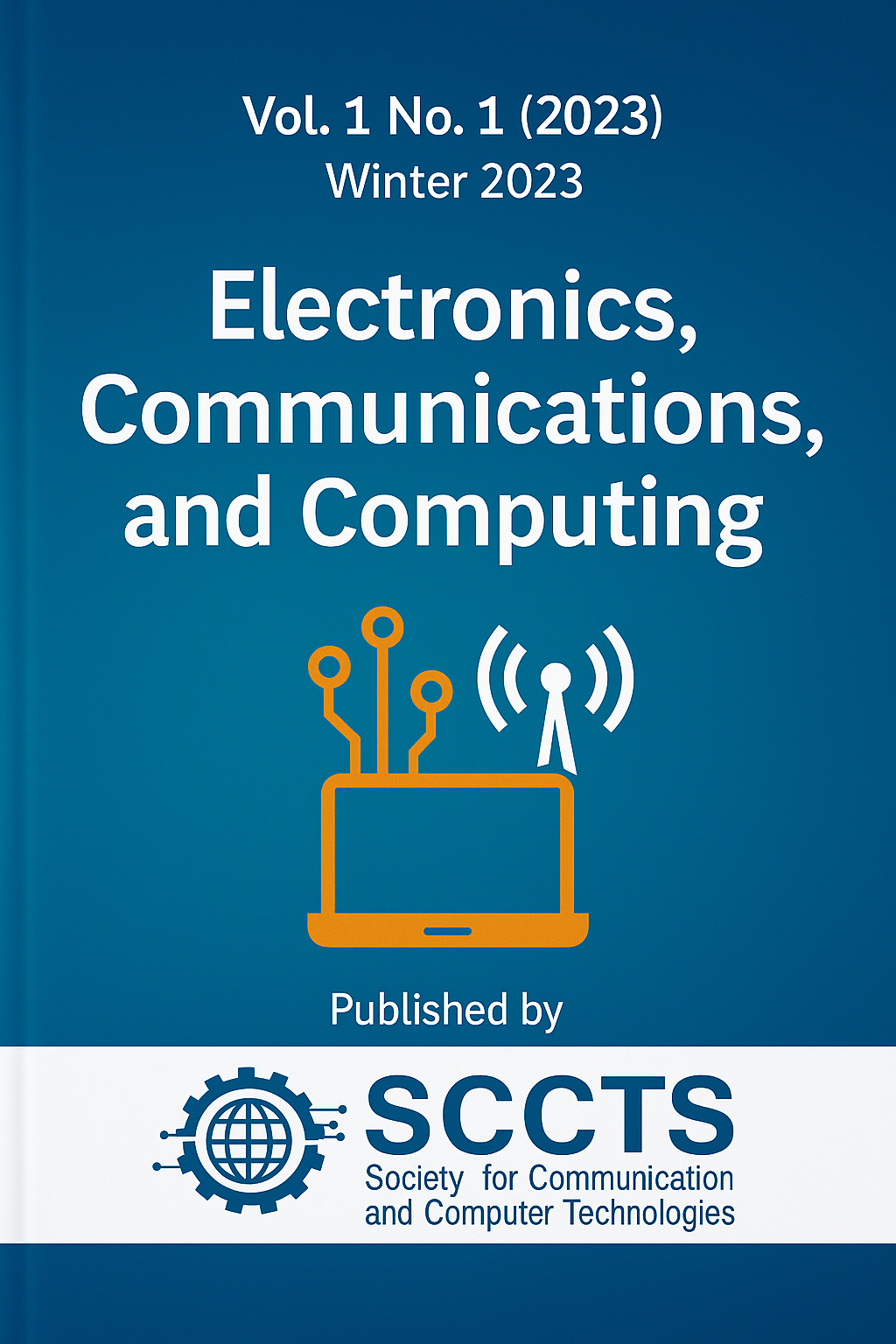Digital Twin Technology for Next-Gen Computing Applications and Smart Manufacturing
Keywords:
Digital Twin, Smart Manufacturing, Edge Computing, Industrial IoT, Predictive Maintenance, Real-Time Simulation, Cyber-Physical Systems, Reinforcement Learning, Federated Learning, Blockchain SecurityAbstract
Digital Twin (DT) technology has become one of the life-changing facilitators of the next-generation computing applications and smart manufacturing ecosystem. By virtue of a virtual analog of physical objects, processes, and systems, DTs make it possible to control, simulate, and make intelligent decisions in real-time, promoting a new stage of operational agility and efficiency. In this paper several architecture and design choices to integrate edge computing, artificial intelligence (AI), and the Industrial Internet of Things (IIoT) are shown to be powerful, scaleable and support the implementation of Digital Twin systems. The suggested paradigm forms a multi-tiered system which resides of physical sensor acquisitions in real-time, edge-based preprocessing aimed at minimizing latency concerns, cloud-based simulation engines, and analytics based on AI in order to implement predictive maintenance and optimization of performances. High-fidelity digital representations High-fidelity digital representations can be done using a hybrid modeling process, which couples physics-based simulations with machine-learning algorithms to provide online updating of a numerically-based model of a system as it operates. Blockchain features introduced to increase trust and security are data validation and federated learning as a data privacy and integrity system distributed over the environment. The aerospace and automotive industries unusual simulations case study proves the feasibility of the proposed DT framework; it attains 36 percent growth in maintenance planning precision, 28 percent diminution of system outage, and an 19 percent growth in energy usage. The research also considers the following challenges considered critical to the study, as semantic interoperability of heterogeneous devices, model fidelity that is dynamic and cyber threats to data-rich industrial systems. The paper is concluded with the statement of future research directions, such as autonomous digital twins, its quantum computing combination in order to achieve high speed simulation, and standardization work in order to make it cross-industry. Altogether, this study proposes a comprehensive, safe, and performance-related angle of Digital Twin technologies implementation that will make them the part of the Industry 4.0. The suggested framework enables resilient, self adaptive, and optimized operation in complex industrial processes through intelligent interconnection of cyber-physical systems.



